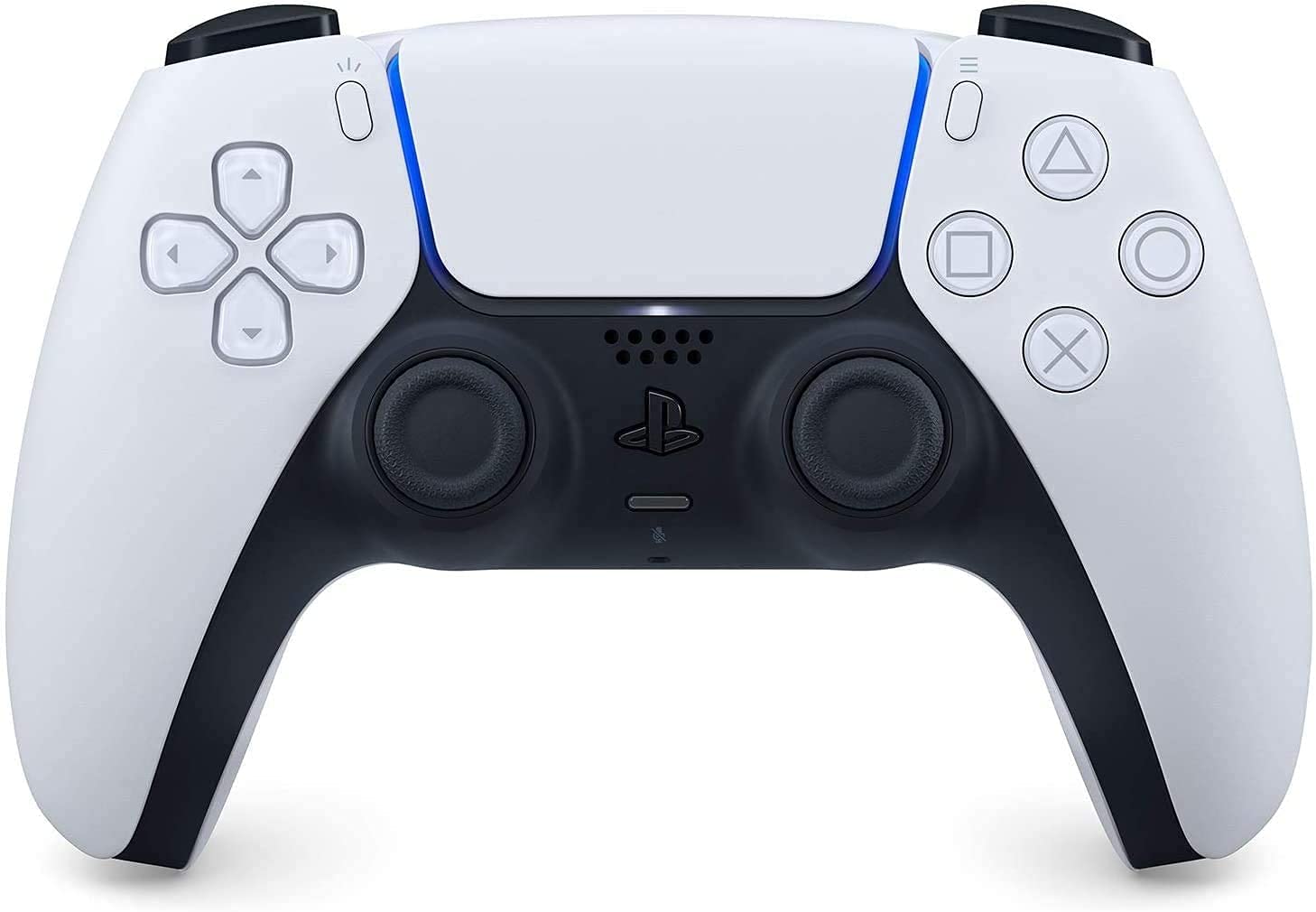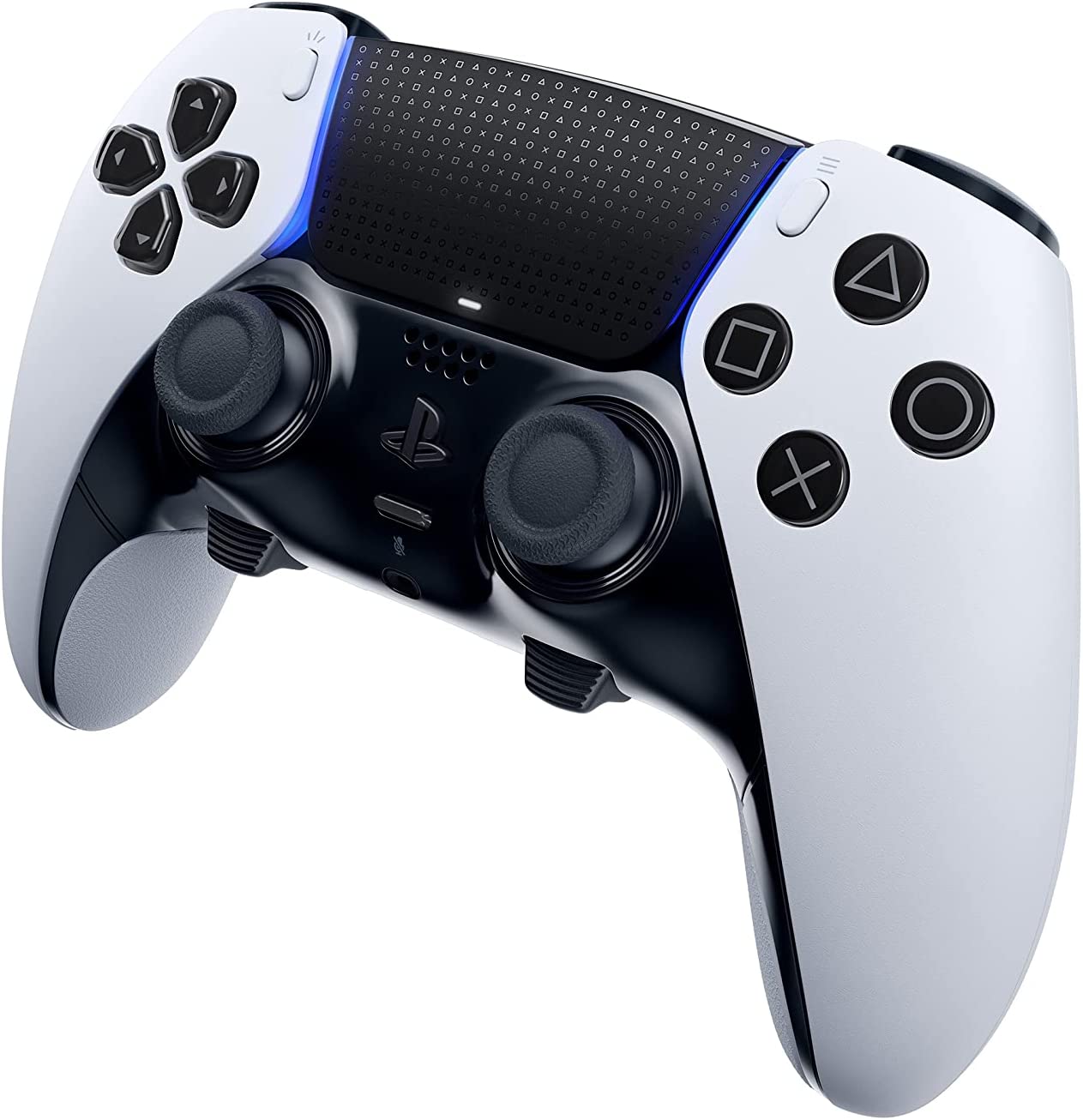We thought we had it all with the original DualSense. Those adaptive triggers? Game-changers. Haptic feedback? Legitimately next-level. For a lot of us, it made the PS5 feel more “next-gen” than the graphics ever did. But then Sony dropped the DualSense Edge, and suddenly the gamepad had a pro version—complete with back buttons, custom profiles, and swappable stick caps.
We’ve used both. Not for an hour or two, but for weeks, across everything from chill single-player games to sweaty online matches. And the truth? These controllers may look similar, but the difference in experience is real—and not always what you’d expect.
Let’s break down what really matters when you’re deciding which one belongs in your hands.
Visual tweaks and subtle signals of power
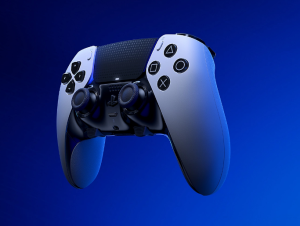
If you just glanced, you’d think they’re twins. But stare for a second longer, and it’s clear the DualSense Edge comes dressed for business.
It keeps the familiar silhouette of the standard DualSense, with symmetrical analog sticks, touchpad at the center, and that unmistakable PlayStation layout. But Sony swaps the matte for gloss around the sticks, adds unique detailing on the touchpad, and throws in removable parts that hint at its deeper purpose.
The regular DualSense offers more colors—Midnight Black, Cosmic Red, even Galaxy Purple. The Edge? Just one style, and that’s it. But that black-and-white combo, with little PlayStation icons laser-etched into the pad, makes it feel like a piece of high-end kit.
And yes, it’s slightly heavier. You’ll feel it if you hold them back-to-back. But in the middle of a tense match? You’ll stop noticing. The added heft actually makes it feel more planted, more deliberate.
Battery life: yep, it’s worse on the Edge
Here’s the part that stings: the DualSense Edge has a noticeably shorter battery life.
The regular DualSense holds a 1560 mAh battery, which means around 10 to 12 hours depending on how much the triggers are buzzing or the lights are glowing. The Edge drops to just 1050 mAh, and that’s not a small cut—it means you’re looking at 6 to 7 hours tops.
Yes, the Edge charges a bit faster, and yes, the included braided cable locks in so you can play wired without worrying about yanks. But still—if you hate plugging in mid-session, the Edge might frustrate you more than it helps.
This is the one area where the original controller just wins, plain and simple.
Control freaks, meet your new obsession
Now we’re getting into the real reason the Edge costs almost twice as much. Because this thing lets you customize almost every part of the way it plays.
-
Swappable stick caps? Check. Three styles: standard, low dome, and high dome. Swap for grip, for reach, for feel.
-
Adjustable trigger stops? Yep. Shorter pulls for faster shots. Fully pressable if you’re playing a racer or something more nuanced.
-
Interchangeable back buttons? Absolutely. And they’re not just tacked on—they feel great. Choose between lever-style or dome-style, and map them to any button on the controller.
And here’s the wild part: you can save custom profiles right on the controller and switch between them using the Fn buttons. One setup for Apex. Another for God of War. Another for Gran Turismo. You can switch mid-match without going into a settings menu.
The regular DualSense has none of this. No remapping. No back buttons. No saved profiles. What you see is what you get.
So if you’re the kind of player who wants total control, the Edge becomes less of a luxury and more of a necessity.
Shared genius: haptics, triggers, touchpad
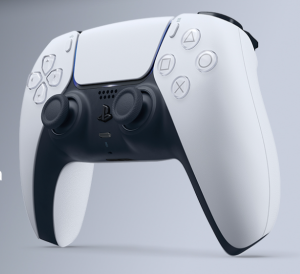
Not everything’s different. Both controllers share Sony’s best innovation: that combo of haptic feedback and adaptive triggers.
-
Trigger tension changes based on in-game actions—you’ll feel it when you pull a bow, fire a weapon, or grip a ledge.
-
Haptic vibrations simulate surfaces, impacts, and movement. Rain feels like rain. Gravel feels like gravel. It’s subtle until it’s not—and once you feel it, you miss it when it’s gone.
The DualSense Edge doesn’t upgrade these core sensations. It preserves them. So if immersion is what you’re chasing, either controller delivers the goods.
Where else can you use them?
They’re both locked out of PS4 compatibility, unfortunately. But you can pair either one with a PC, Mac, iPad, iPhone, or Apple TV, via Bluetooth or USB-C.
That said, only some features carry over. On Windows, you’ll get basic input, but no adaptive triggers or advanced haptics unless the game supports them. And let’s be real: most don’t.
Still, as far as versatility goes, they’re pretty evenly matched.
Edge wins in software—and it’s not even close
The DualSense Edge has its own custom UI on the PS5, triggered by the Fn buttons below the sticks. Hit it, and you can:
-
Change profiles instantly
-
Adjust game/chat audio mix
-
Tweak button remaps
-
Modify dead zones and trigger sensitivity
You can create profiles in the PS5 settings menu, give them names, and switch between them depending on your mood, game, or grip style. It’s seamless. And once you set it up, you barely need to touch settings again.
The regular DualSense? None of that. If you want to remap buttons, it depends on whether the game supports it. And there’s no way to adjust analog zones or trigger behavior at the system level.
If you’re someone who jumps between FPS, fighters, racers, and RPGs, the Edge gives you tools to adapt that the regular controller just can’t match.
Built to last—and repairable
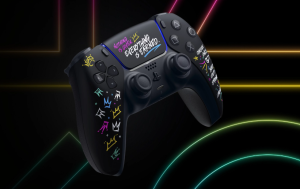
Here’s something Sony doesn’t shout about enough: the Edge lets you swap out entire stick modules. If drift ever hits you (and yes, it happens), you don’t have to toss the controller. Buy a new module, pop the old one out, plug the new one in—done.
That’s not an option on the DualSense. If the stick dies, it’s repair or replace. Full stop.
Build quality overall feels tighter on the Edge—more premium plastics, more tactile switches, and a firmer grip. It’s heavier, yes, but it’s also tougher.
Audio and extras: same baseline, more gear in the box
From a communication standpoint? Identical. Both controllers have:
-
Built-in mic with mute button
-
3.5mm headphone jack
-
Same audio passthrough quality
But what the Edge comes with is a full carrying case, swappable caps, back button sets, and a braided USB-C cable with a locking mechanism—perfect for wired play without worry.
It’s not just branding fluff. These accessories are thoughtfully designed, and they make the Edge feel like a full system rather than just a controller.
Bottom line: Edge is pro. DualSense is just excellent.
So here’s where we land.
If you play casually, solo, or just want to enjoy adaptive triggers and haptics without fiddling with settings, the standard DualSense is all you need. It’s incredible for the price, feels amazing in the hand, and it’s already light-years ahead of what came before.
But if you’re into competitive play, stream regularly, switch between genres, or just like tweaking every aspect of your experience, the DualSense Edge is unmatched. It’s more than a controller—it’s a system for players who treat games like craft.
You’ll feel the difference every time you swap profiles mid-match. Every time you shave milliseconds off your trigger pull. Every time you remap a button to the back without breaking your grip.
The Edge isn’t for everyone—but if it’s for you, you’ll never go back.

